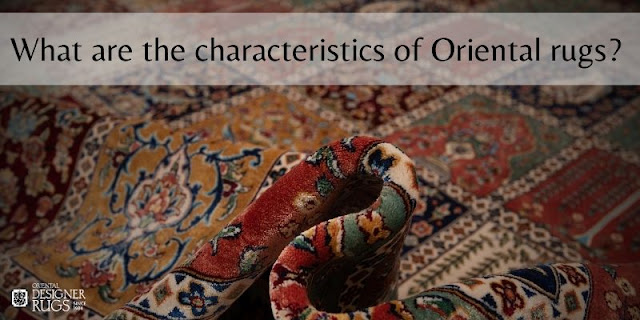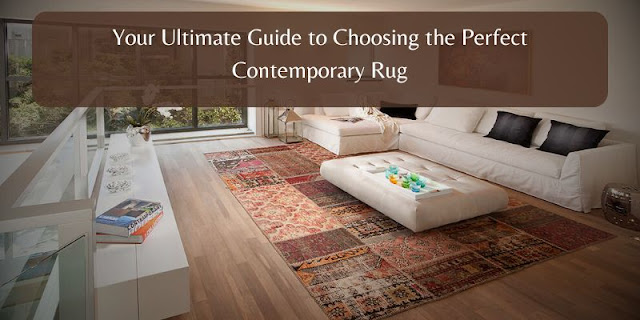What are the characteristics of Oriental rugs?
Oriental rugs are renowned for their exquisite craftsmanship, intricate designs, and rich history. These rugs originate from various countries in Asia, including Iran (formerly Persia), Turkey, India, China, and several other regions. While there is a wide variety of Oriental rug styles and designs, they share several common characteristics:
Handmade Craftsmanship:
- Oriental rugs are traditionally handcrafted by skilled artisans. The process involves hand-knotting individual threads to create the rug's pile, resulting in a labor-intensive and time-consuming production method.
Natural Materials:
- High-quality Oriental rugs are typically made from natural materials, including wool, silk, or a combination of both. Wool is the most common material due to its durability and resilience.
Intricate Designs and Patterns:
- Oriental rugs are renowned for their intricate and often complex designs. These designs often feature geometric patterns, floral motifs, medallions, and intricate borders.
- Each region and culture has its own unique design elements and color schemes, reflecting the local artistic traditions and aesthetics.
Rich Color Palette:
- Oriental rugs typically feature a rich and vibrant color palette. Natural dyes derived from plants, insects, and minerals are often used to create the colors, which can range from deep reds and blues to earthy tones and softer pastels.
Knot Density:
- The quality and value of an Oriental rug are often determined by its knot density. Higher knot density rugs are more finely detailed and durable. Knots are typically categorized as "fine," "medium," or "coarse."
Pile Height:
- Oriental rugs can have varying pile heights, which affect their texture and appearance. Some rugs have a low, tight pile, while others have a higher, plusher pile.
Durability:
- High-quality Oriental rugs are known for their durability and longevity. Wool, in particular, is a durable material that can withstand heavy foot traffic and maintain its beauty over time.
Cultural Significance:
- Oriental rugs often hold cultural and symbolic significance. They may convey stories, myths, or religious themes through their designs and motifs.
- In some cases, the rug's design and colors may be specific to a particular tribe or region, making it a cultural artifact.
Investment Value:
- Fine Oriental rugs are considered valuable investments. Their value can appreciate over time, especially when they are well-maintained and in good condition.
Varieties by Region:
- Different regions produce distinct types of Oriental rugs, each with its own characteristics. For example, Persian rugs are known for their intricate floral patterns and rich colors, while Turkish rugs often feature geometric designs.
Knotting Techniques:
- Various knotting techniques are employed in the creation of Oriental rugs, including the Persian knot (Senneh knot) and the Turkish knot (Ghiordes knot). These techniques can affect the rug's texture and appearance.
Age and Patina:
- Antique Oriental rugs often have a unique patina that develops over time, enhancing their character and beauty. Collectors often value rugs with age and patina.
Oriental rugs are not only functional floor coverings but also pieces of art and cultural heritage. Their characteristics and quality can vary widely, making them a diverse and fascinating category of textiles in the world of interior design and collectibles.




Comments
Post a Comment